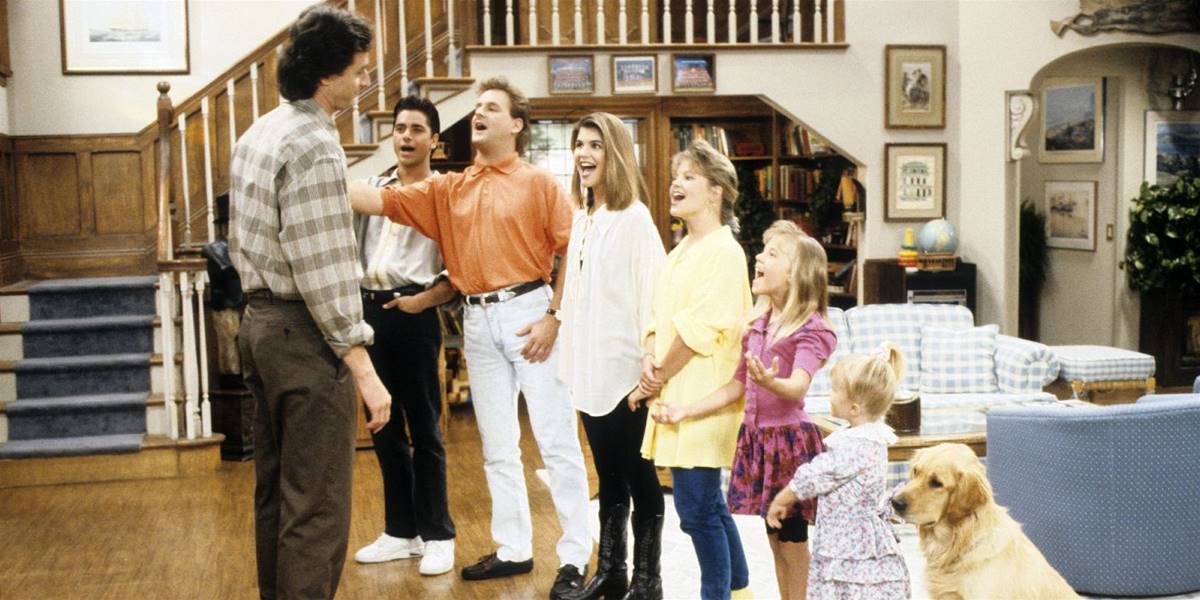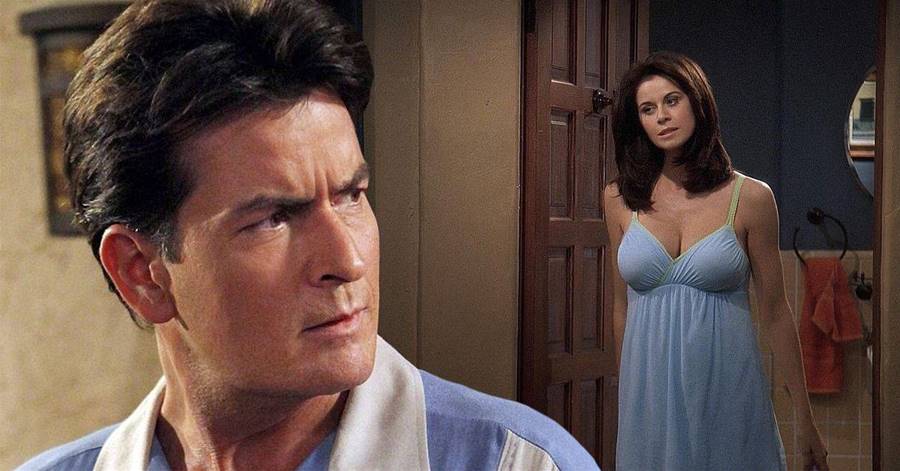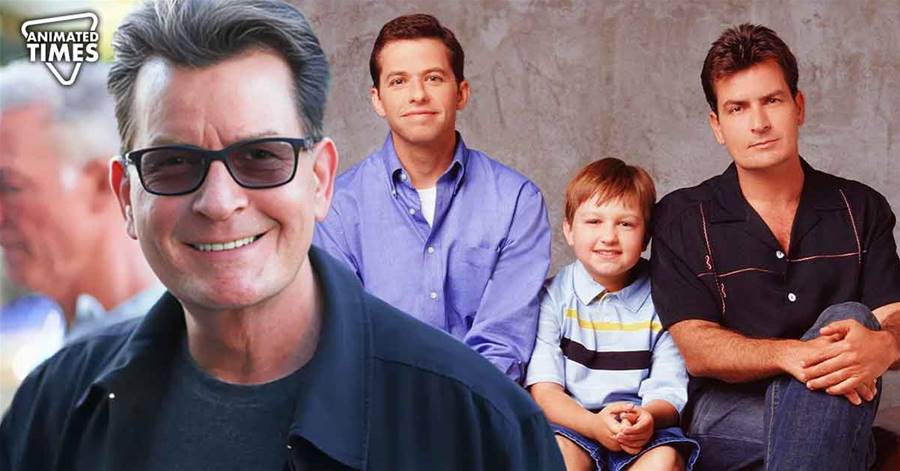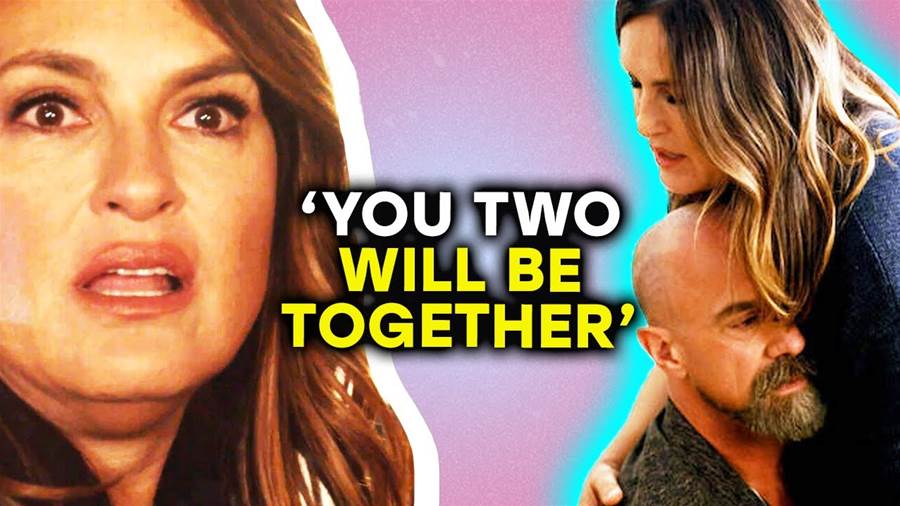

Full House were kicked off after Danny was suddenly widowed when his wife got killed by a drunk driver and left to raise three young kids on his own. Luckily, he got help from his brother-in-law, Jesse, and close friend Joey. Both moved in with the Tanners to keep an eye on the kids.
Considering its sitcom nature, it was understandable that the show focused on making jokes. However, it's quite odd that aside from just a couple of scenes that showed the family talking about losing the Tanner matriarch, Pam Tanner, her death never really factored into its storytelling until much later when the older kids can finally drive.

In Full House, there were barely any people of color (POC). Over the course of its run, the sitcom featured a few, however, they were mostly guest stars such as Stephanie's friend, Harry Takayama, and Michelle's good pal, Denise Frazer.
The article is not finished. Click on the next page to continue.



















